New BGS Chief Scientist for multi-hazards and resilience announced
Prof Jonathan Chambers has been appointed as the new BGS Chief Scientist for multi-hazards and resilience, effective from 1 June 2024.
09/05/2024 By BGS Press
BGS’s multi-hazards and resilience (MHR) science challenge area engages with partners in the UK and internationally to support communities, governments and industry in building resilience to hazardous events. Jonathan will oversee the delivery of fundamental scientific research into risk mitigation and adaption to geological and associated environmental hazards through improved characterisation, monitoring, forecasting and information delivery.
Based at the BGS Headquarters in Keyworth, Nottingham, but working across all BGS sites, this role involves leadership of around 100 scientific and technical staff. One of Jonathan’s first tasks will be to work alongside other members of the BGS Senior Management Board and Science Strategy Group to implement and deliver the new BGS Business Plan.
Jonathan is an engineering geophysicist with more than 25 years of experience in subsurface imaging and monitoring. His recent research has focused on geohazard characterisation, landslide early warning and the development of innovative technologies for assessing environmental impacts on critical infrastructure, including risks associated with cascading hazards. He has a strong focus on innovation and the translation of research findings into tangible benefits for stakeholders in industry, academia and government.
Jonathan currently leads the BGS Shallow Geohazards and Earth Observation capability, which comprises the geodesy and remote sensing, engineering geology, environmental and engineering geophysics and coasts and estuaries teams, as well as the BGS Research and Development Workshop Facility. He is also a UKRI Individual Merit Promotion scientist.
I am delighted to be taking on the role of BGS Chief Scientist for multi-hazards and resilience. BGS has a crucial role to play in the efforts to enhance societal resilience to geohazards and multi-hazards in the UK and internationally. I am very excited for this new opportunity to work with my colleagues and partners to deliver cutting-edge research, real-world solutions and geoscientific knowledge to support policy and decision makers for the wider public good.
Prof Jonathan Chambers.
On behalf of BGS and the BGS Board, we are thrilled to welcome Jonathan into this important role. His proven track record in shallow hazards research and his expertise in providing solutions for societal resilience to geohazards and multi-hazards in the UK and internationally will be paramount in supporting and delivering the BGS Strategy and Business Plan.
Dr Karen Hanghøj, BGS Director.
Relative topics
Related news
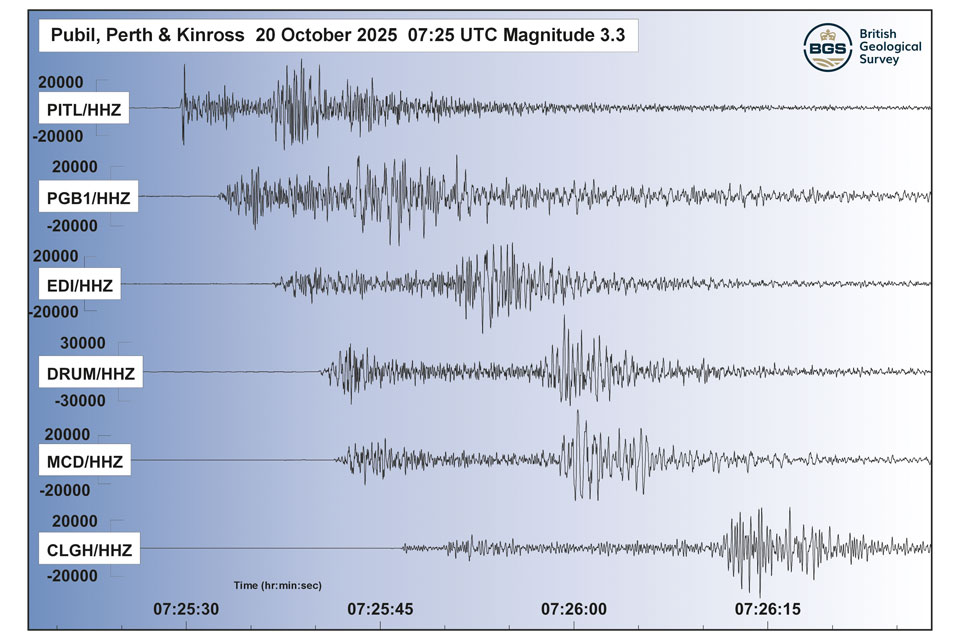
Perth and Kinross tops the UK’s earthquake activity charts for 2025
29/12/2025
Seismologists at the British Geological Survey have published data on the number of seismic events over the past 12 months with over 300 earthquakes recorded.

Hole-y c*@p! How bat excrement is sculpting Borneo’s hidden caves
23/12/2025
BGS researchers have delved into Borneo’s underworld to learn more about how guano deposited by bats and cave-dwelling birds is shaping the subsurface.
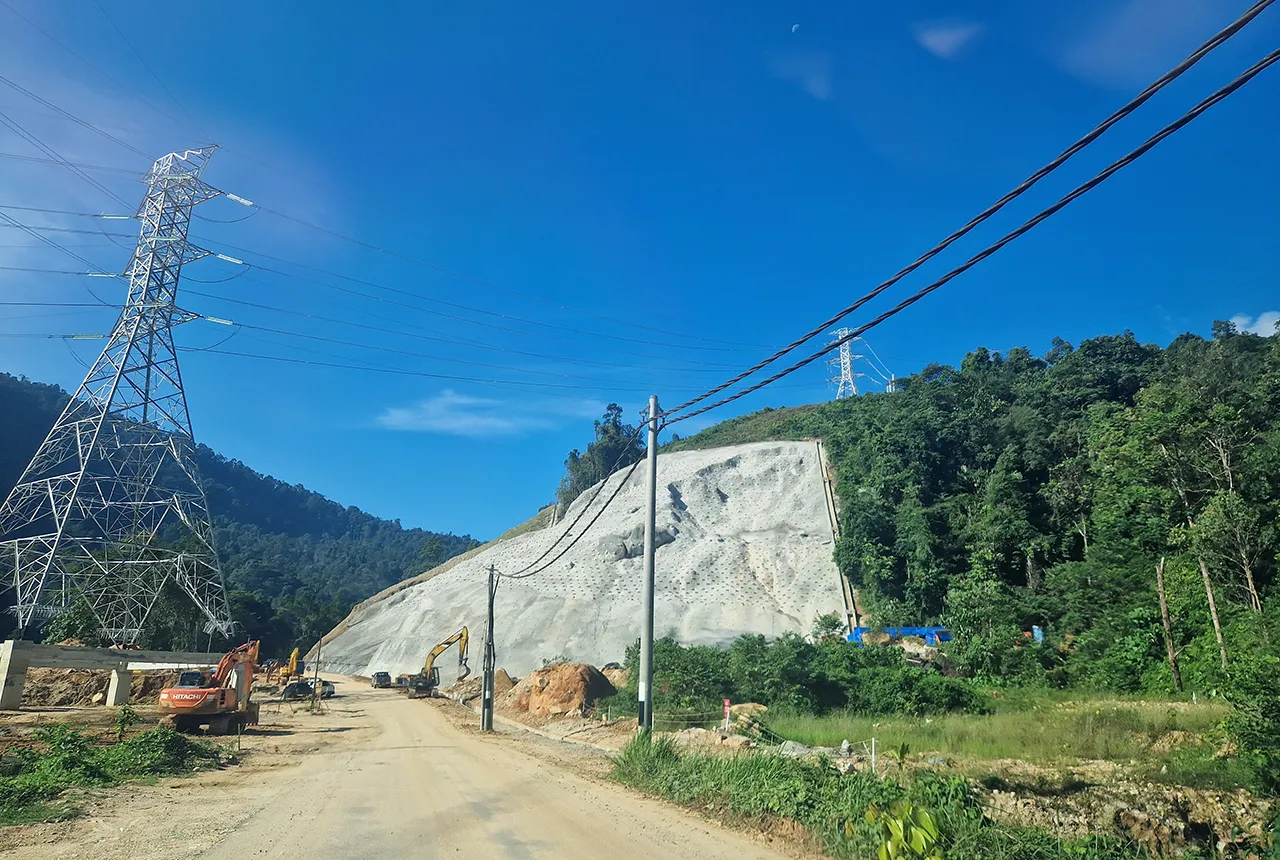
BGS awarded funding to support Malaysia’s climate resilience plan
17/12/2025
The project, funded by the Foreign, Commonwealth & Development Office, will focus on minimising economic and social impacts from rainfall-induced landslides.
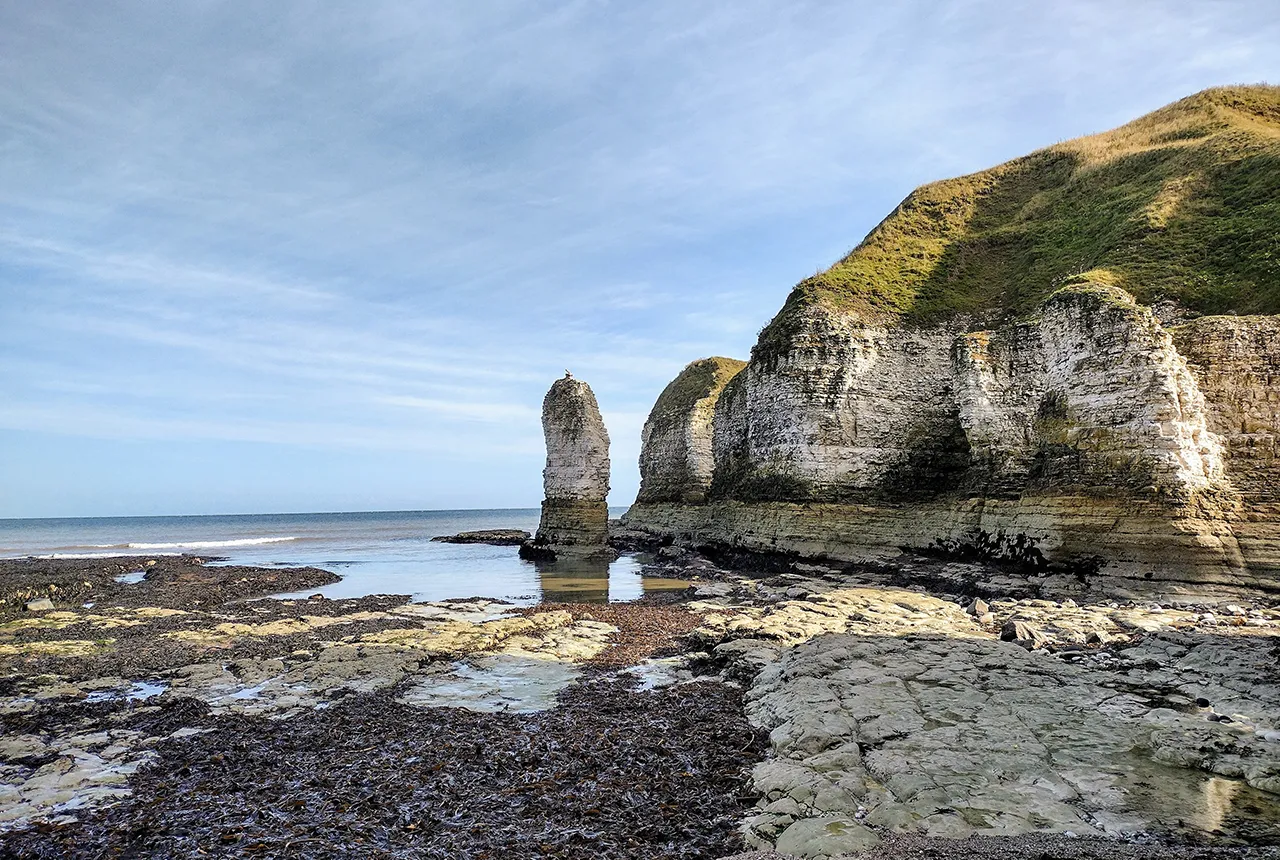
New geological maps of the Yorkshire Wolds to better inform groundwater management and policy decisions
17/12/2025
The new mapping provides crucial data on localised geological issues that may assist in protecting water supplies.
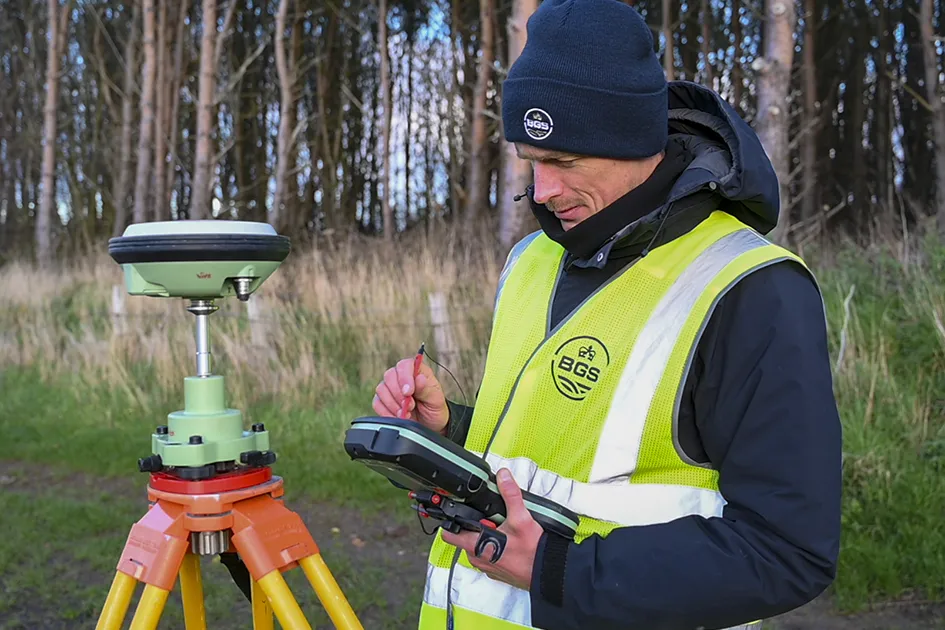
‘Three norths’ set to leave England and not return for hundreds of years
12/12/2025
The historic alignment of true, magnetic, and grid north is set to leave England, three years after they combined in the country for the first time since records began.

BGS agrees to establish collaboration framework with Ukrainian government
11/12/2025
The partnership will focus on joint research and data exchange opportunities with Ukrainian colleagues.
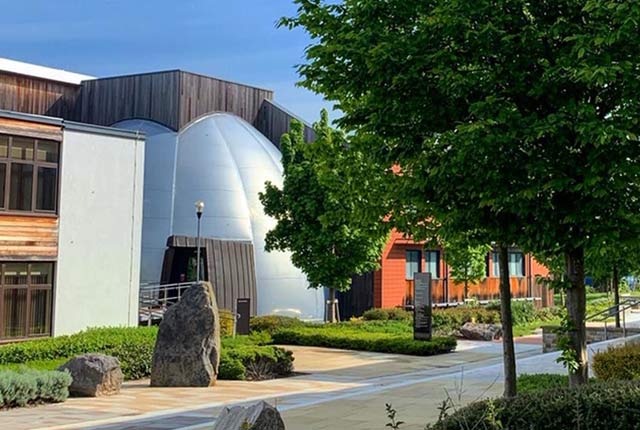
Making research matter: BGS joins leading research organisations in new national initiative
10/12/2025
A new alliance of 35 organisations has been formed that is dedicated to advancing science for the benefit of people, communities, the economy and national priorities.

New 3D model to help mitigate groundwater flooding
08/12/2025
BGS has released a 3D geological model of Gateshead to enhance understanding of groundwater and improve the response to flooding.
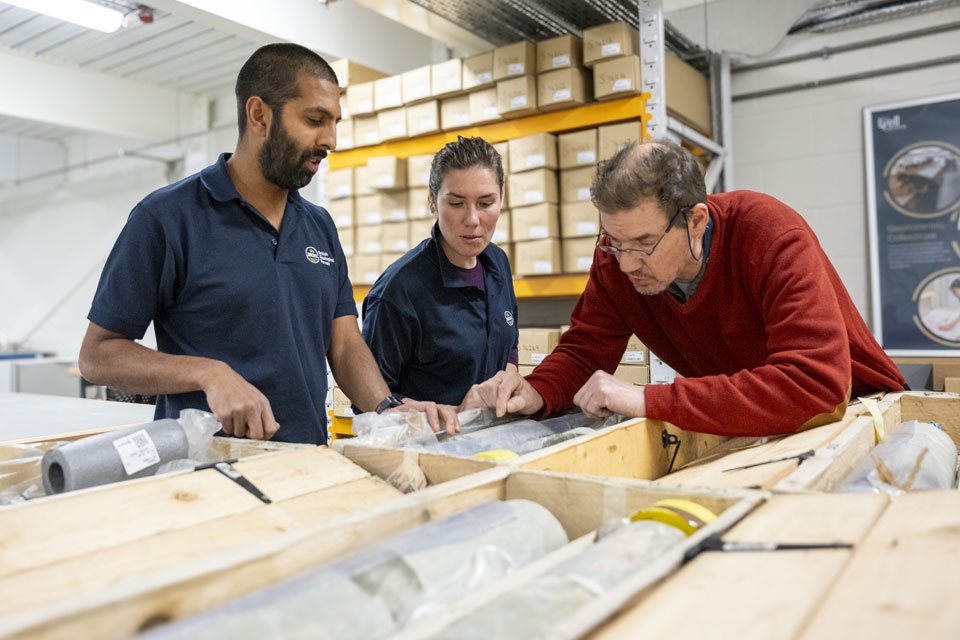
Scientists gain access to ‘once in a lifetime’ core from Great Glen Fault
01/12/2025
The geological core provides a cross-section through the UK’s largest fault zone, offering a rare insight into the formation of the Scottish Highlands.
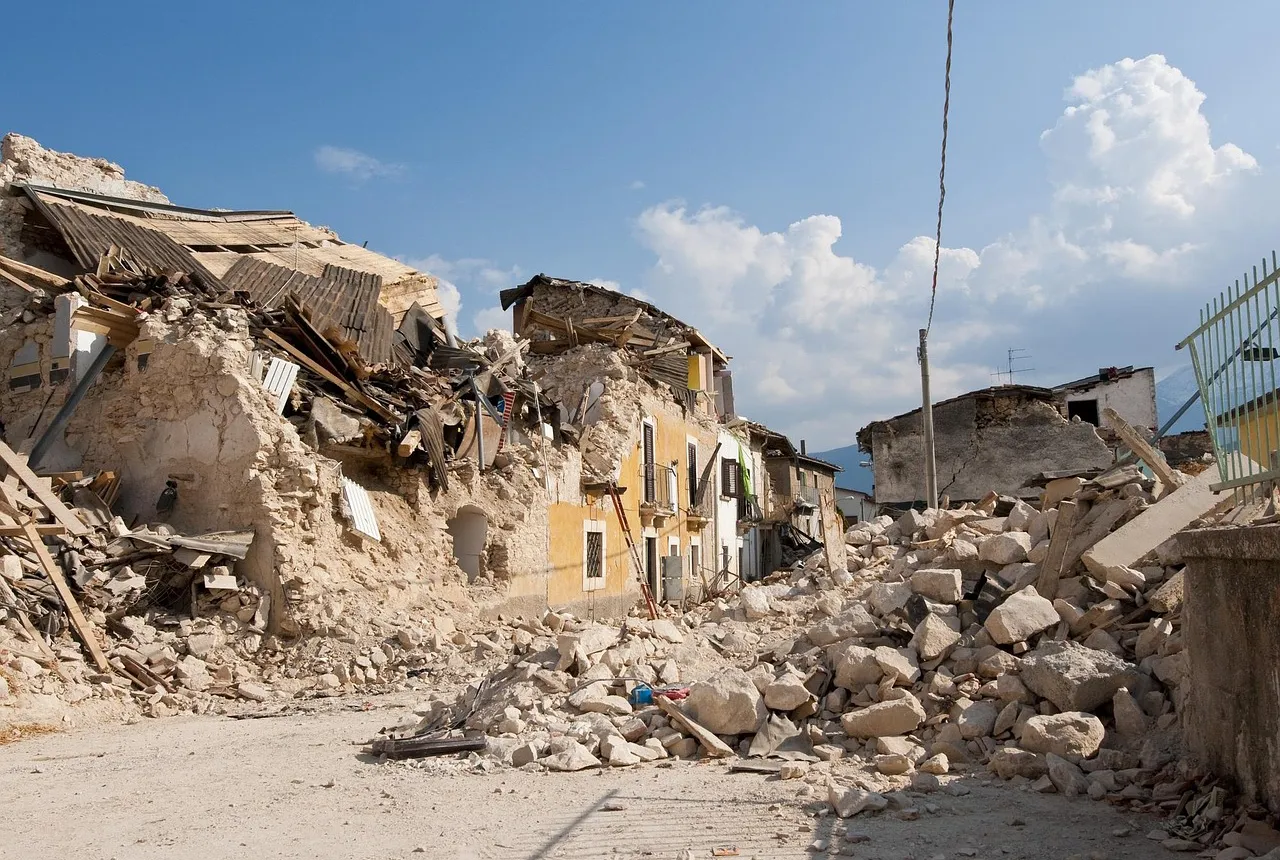
New research shows artificial intelligence earthquake tools forecast aftershock risk in seconds
25/11/2025
Researchers from BGS and the universities of Edinburgh and Padua created the forecasting tools, which were trained on real earthquakes around the world.

BGS welcomes publication of the UK Critical Minerals Strategy
23/11/2025
A clear strategic vision for the UK is crucial to secure the country’s long-term critical mineral supply chains and drive forward the Government’s economic growth agenda.

New funding awarded for UK geological storage research
21/11/2025
A project that aims to investigate the UK’s subsurface resource to support net zero has been awarded funding and is due to begin its research.



